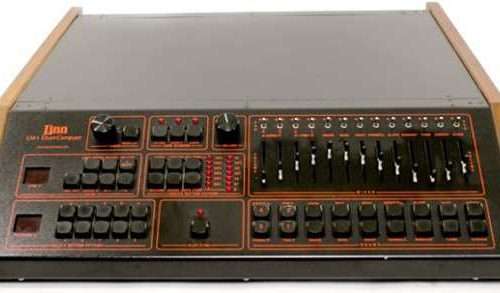Musical encryptions (about monograms in musical works)
Contents
Monogram is one of the mysterious phenomena in musical art. It is a musical cipher in the form of a letter-sound complex, compiled on the basis of the name of the author of a musical work or the names of people dear to him. To create such a cipher, “hidden” in music, alphabetic and syllabic notation is used.
Drawing up a monogram requires great creative ingenuity, considering that it contains not only a constructive principle, but is also the bearer of a certain subtext of a musical composition. The authors themselves revealed the mystery of the ciphers in letters and diary entries.
A monogram that has survived centuries
Musical monograms exist in the works of composers of different times and peoples. In the Baroque era, the monogram most often appears as part of the thematic material of two significant musical genres – fantasy and fugue, which reached perfection in the work of I.S. Bach.
Name BACH can be represented in the form of a musical monogram: . It is often found in the composer’s works, dissolving into the musical fabric, acquiring the meaning of a symbol. I.S. Bach was a deeply religious person, his music is communication with God (conversation with God). Composers use a monogram not to perpetuate their name, but to express a kind of musical missionary work.
As a tribute to the great J.S. Bach, his monogram sounds in the works of many other composers. Today, more than 400 works are known, the compositional basis of which is the motif BACH. The Bach monogram in the theme of the fugue by F. Liszt from his Prelude and Fugue on the theme BACH can be heard very clearly.
F. Liszt Prelude and Fugue on the theme BACH
In the 19th century musical monograms are the intonational beginning of many works of romantic composers, closely related to the principle of monothematicism. Romanticism colors the monogram in personal tones. Sound codes capture the innermost inner world of the creator of a musical composition.
In the charming “Carnival” by R. Schumann, a persistent variation of the motif can be heard throughout the entire work A-Es-C-H, it contains the composer’s monogram (SCHA) and the name of the small Czech town As (ASCH), where young Schumann met his first love. The author reveals to the listener the design of the musical encryption of the piano cycle in the play “Sphinxes”.
R. Schumann «Carnival»


Watch this video on YouTube
Monograms in modern music
The music of the past and present centuries is characterized by the strengthening of the rational principle. Perhaps this is why musical monograms and anagrams (rearrangement of source code symbols) are so often found in the musical compositions of modern authors. In some creative solutions found by composers, they acquire the meaning of an ideal that goes back to the spiritual values of the past (as in the case of the monogram BACH), in others, a deliberate distortion of the high meaning of the musical code and even its transformation in a negative direction is revealed. And sometimes the code is a kind of fun for a composer prone to humor.
For example, N.Ya. Myaskovsky gently joked about his composition class teacher A.K. Lyadov, using the original motif – B-re-gis – La-do-fa, which means translated from “music language” – (Third String Quartet, side part of the 1st movement).
Famous monograms D.D. Shostakovich – DEsCH and R. Shchedrin – SH CHED merged in “Dialogue with Shostakovich”, written by R.K. Shchedrin. An outstanding master of creating musical ciphers, Shchedrin wrote the opera “Lefty” and dedicated it to the 60th anniversary of conductor Valery Gergiev, using the personal monogram of the hero of the day in the music of this most interesting work.
R.K. Shchedrin “Lefty”






